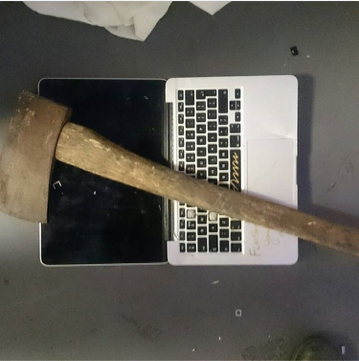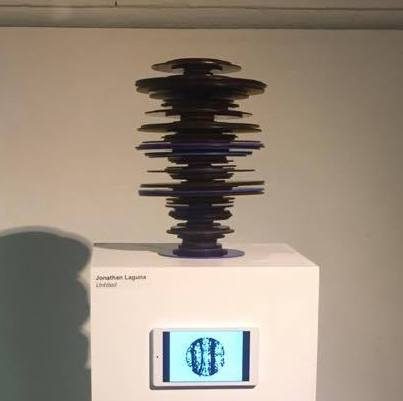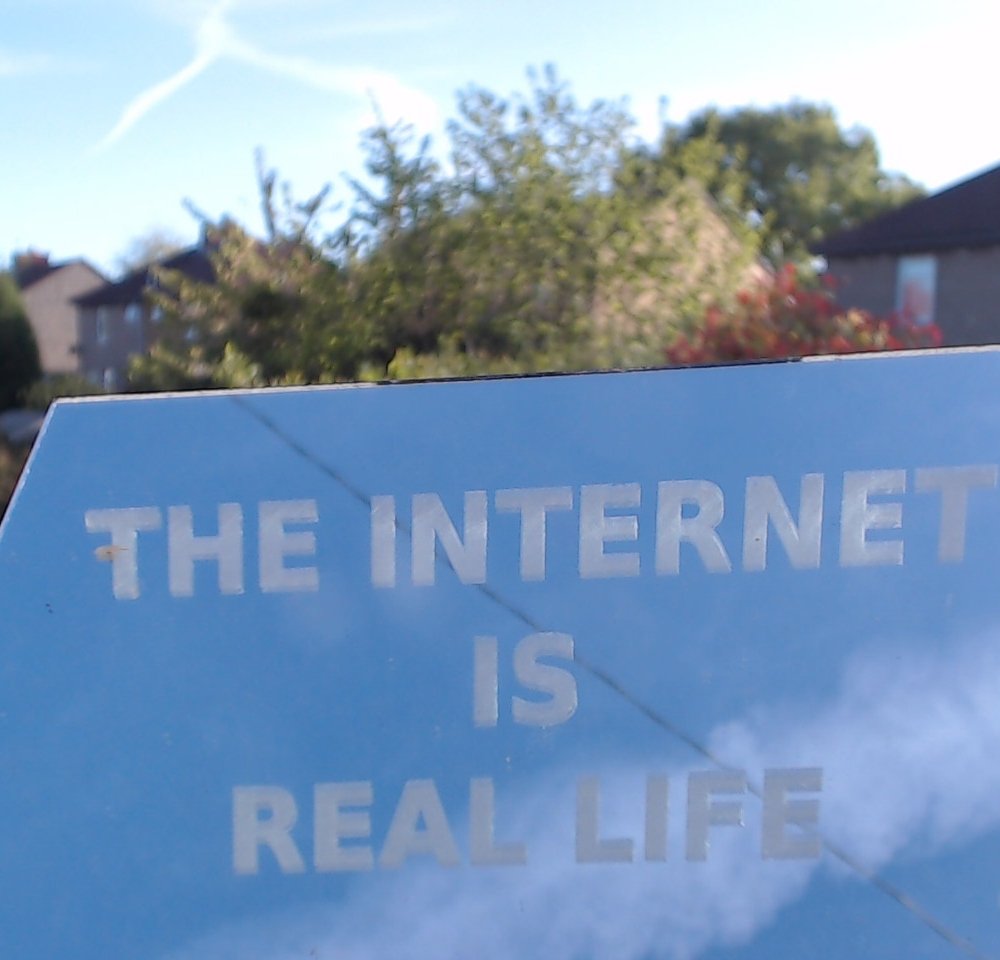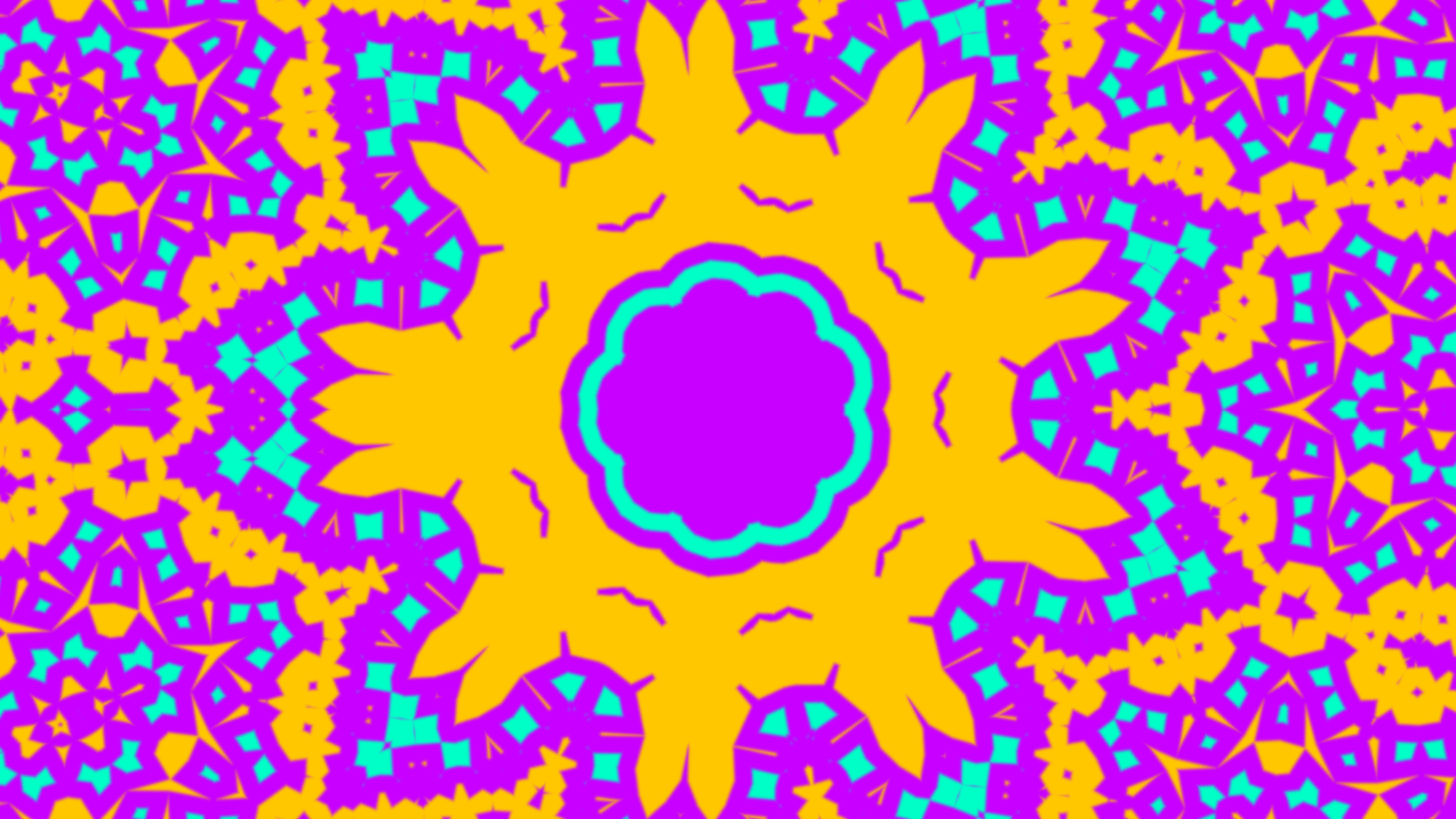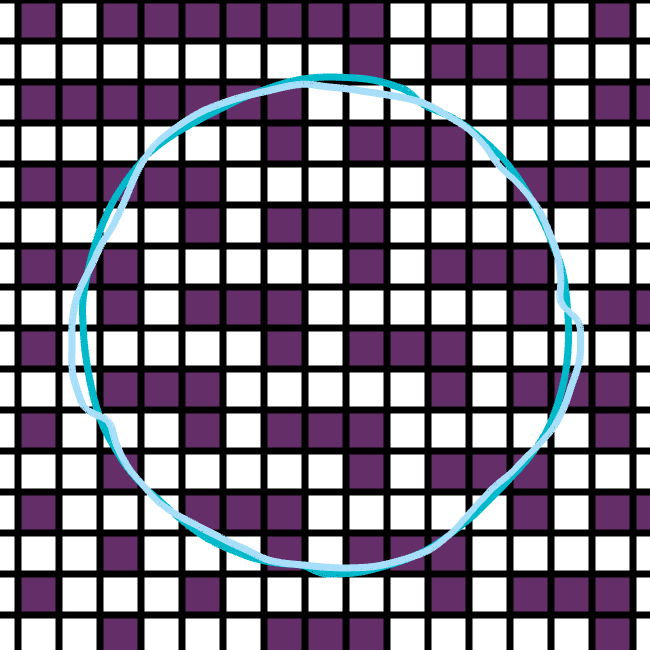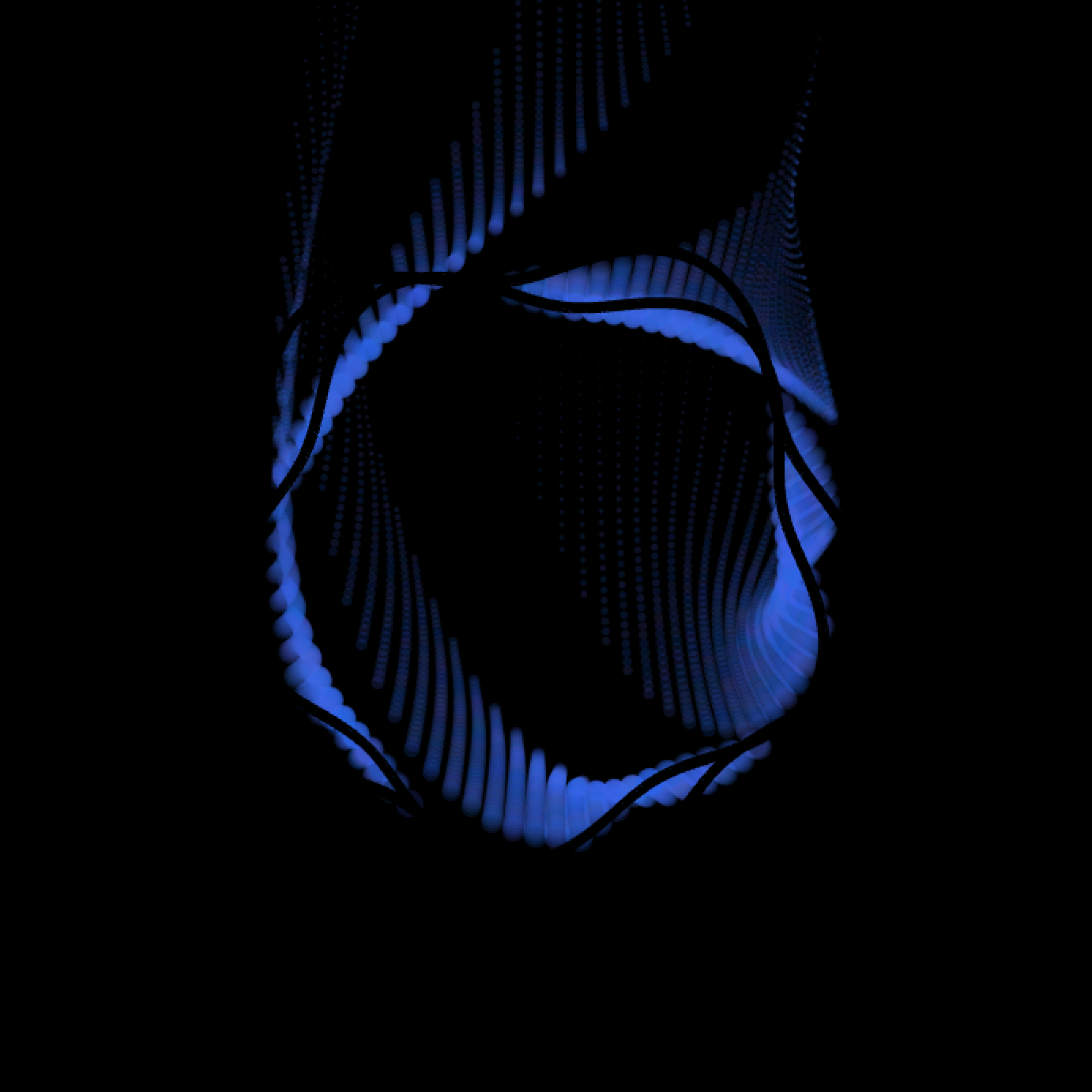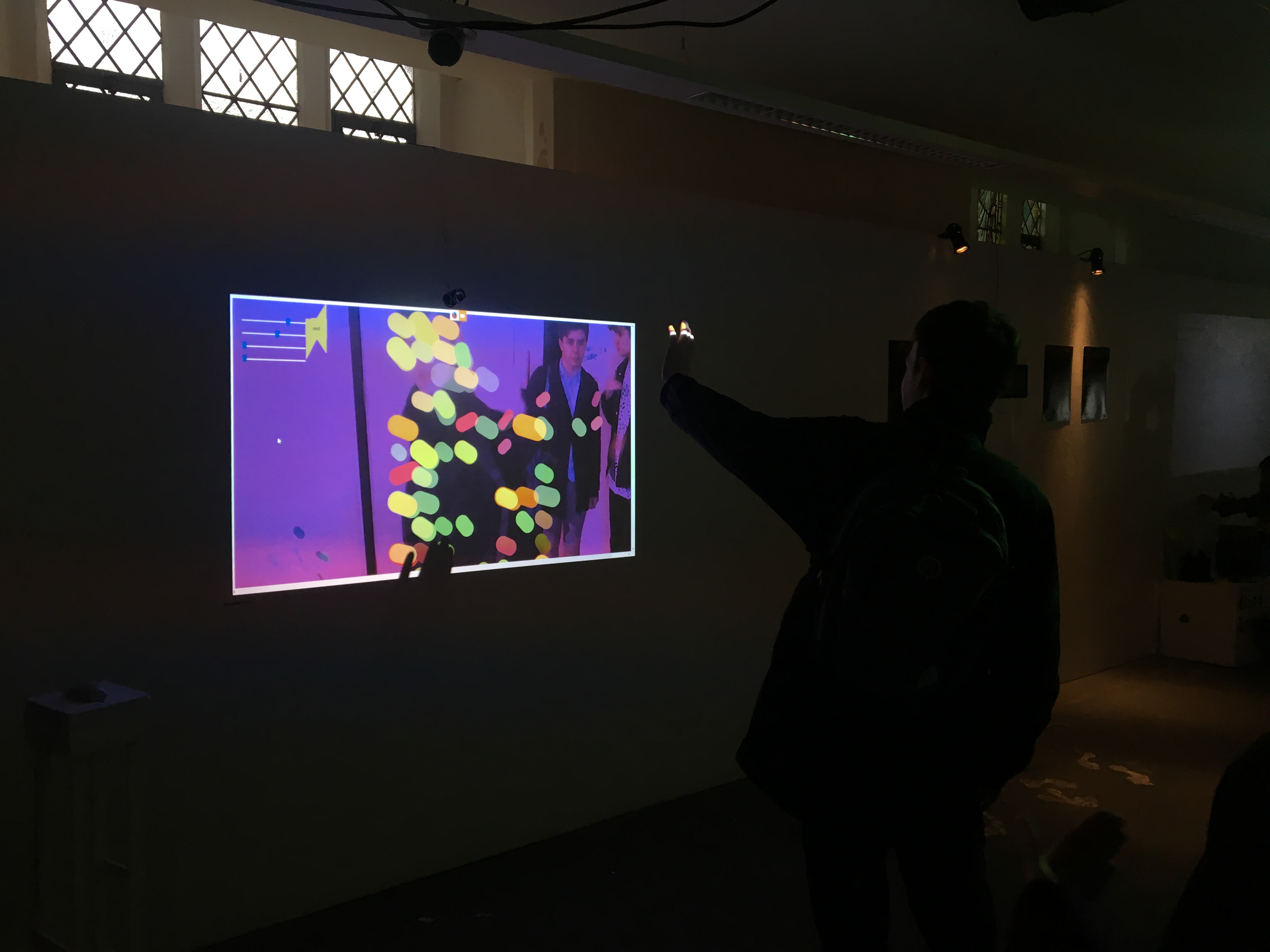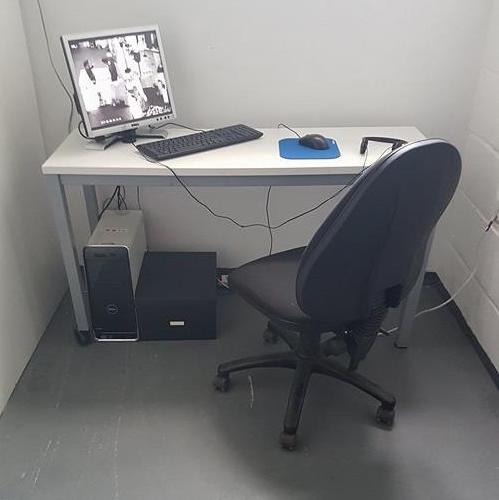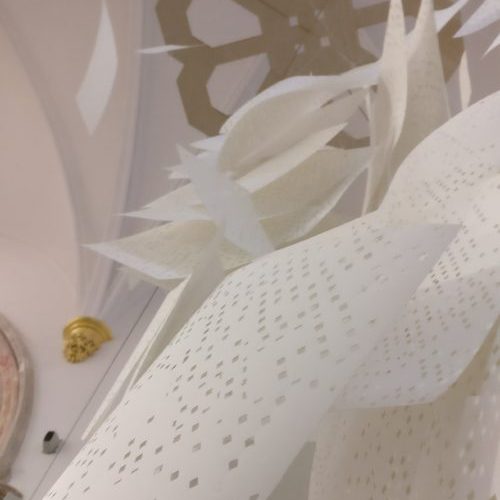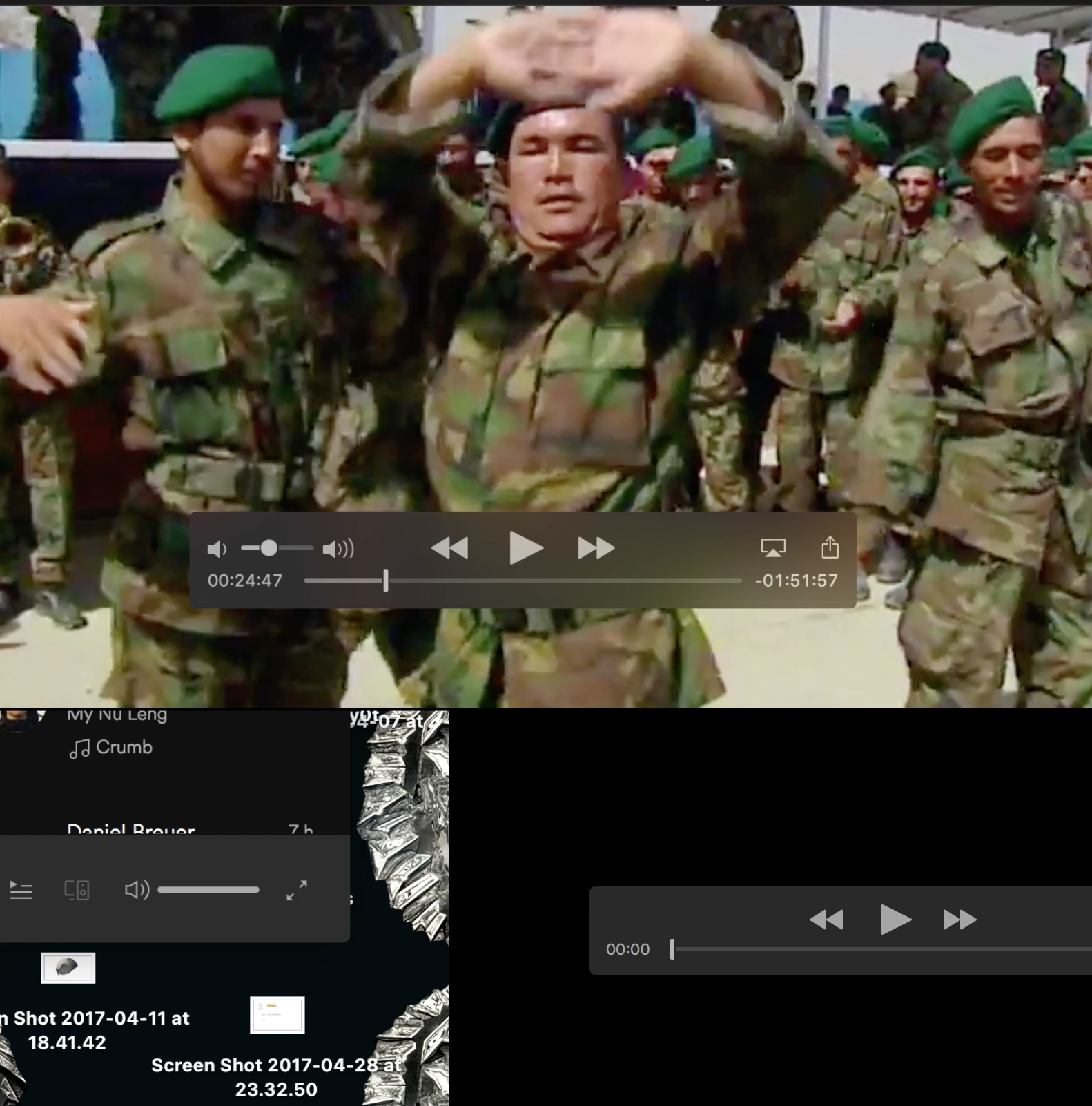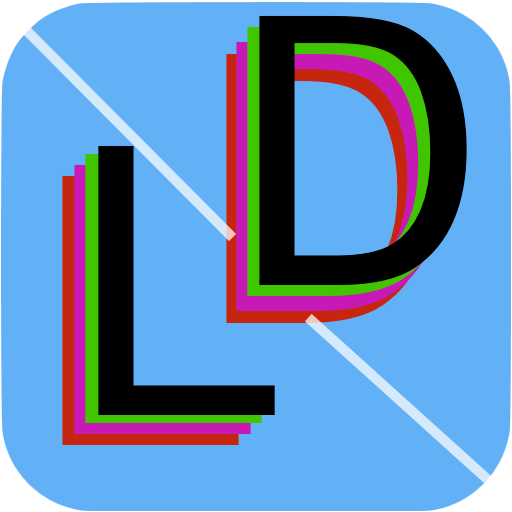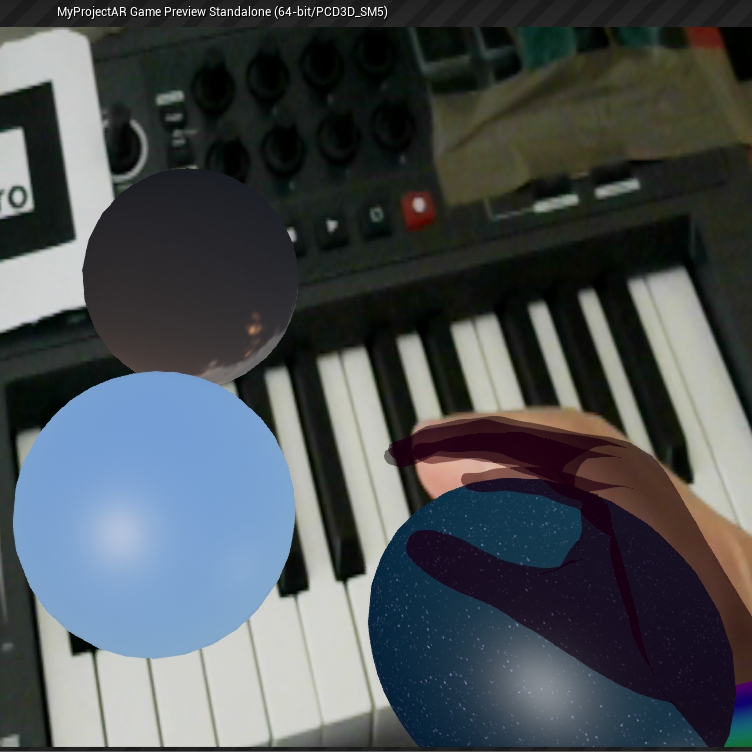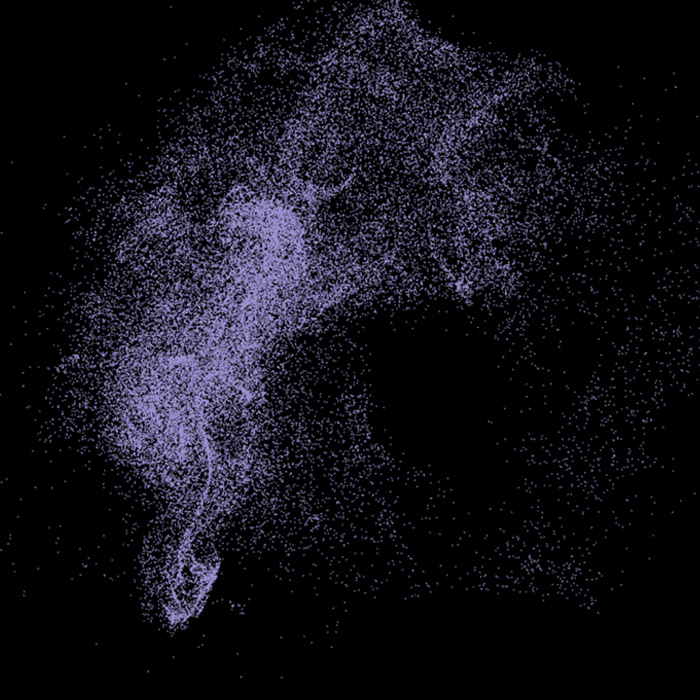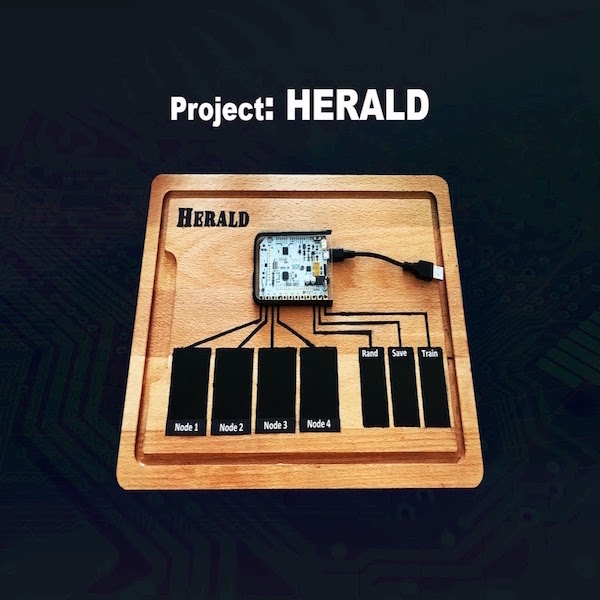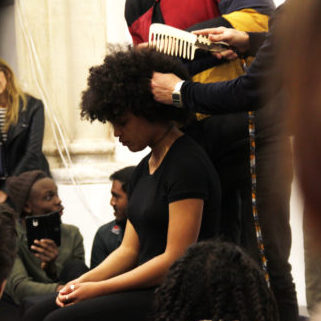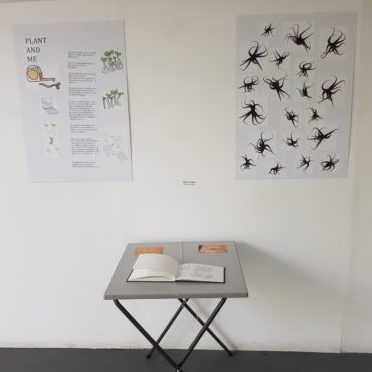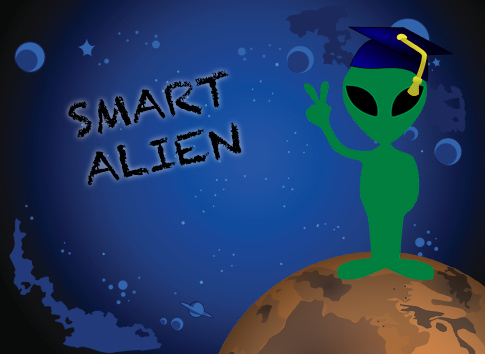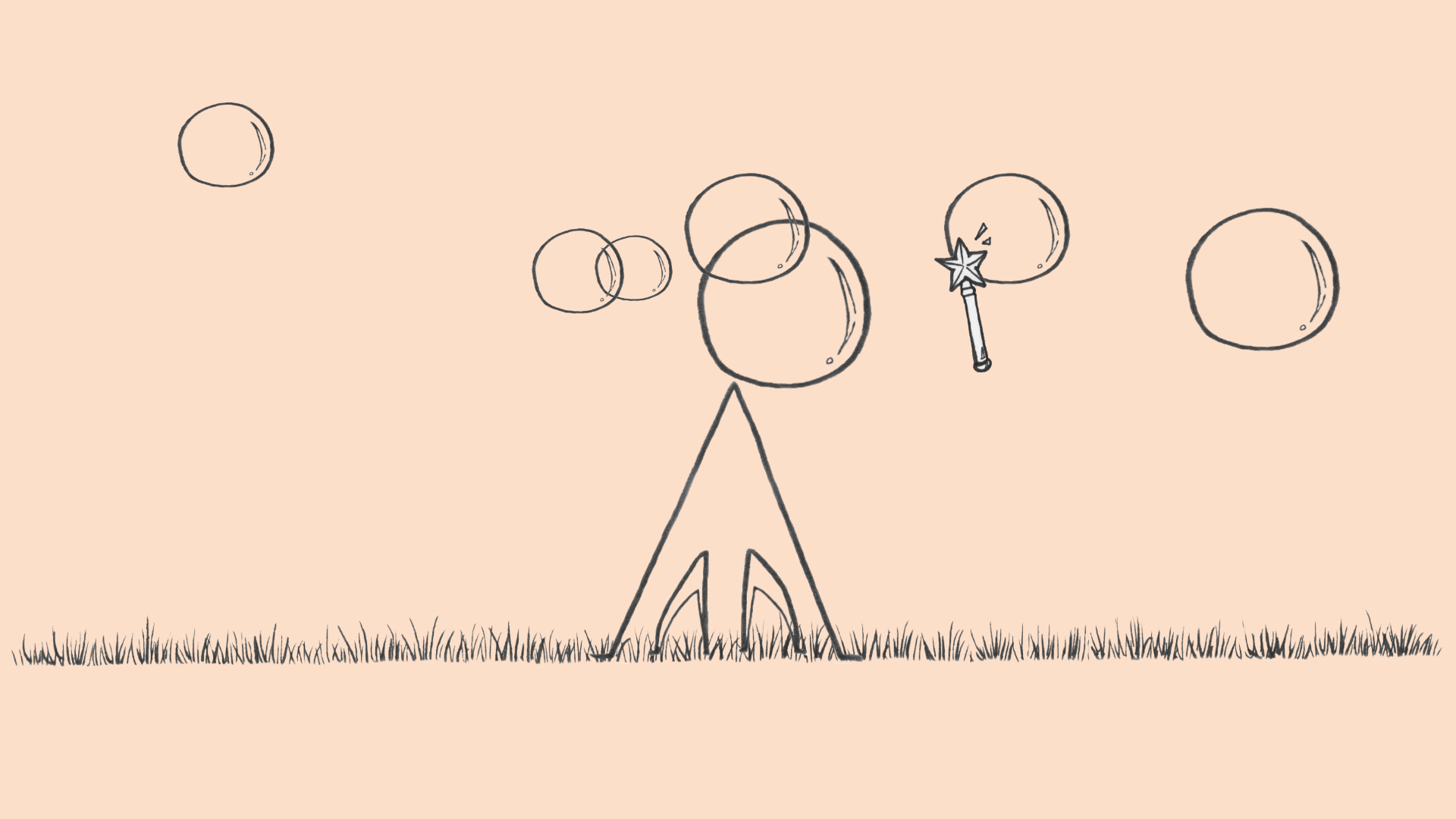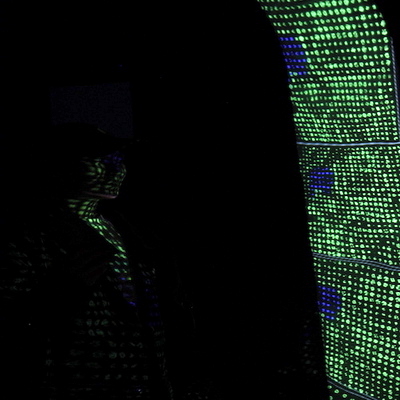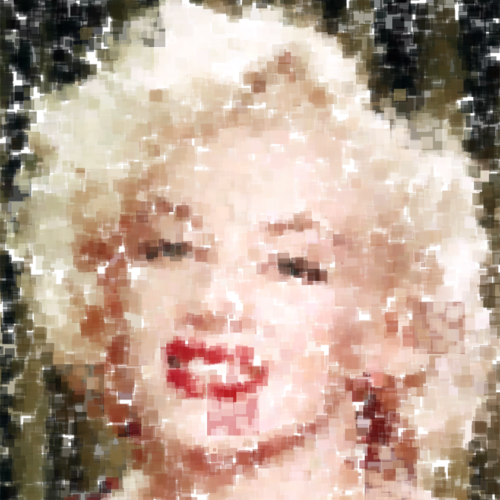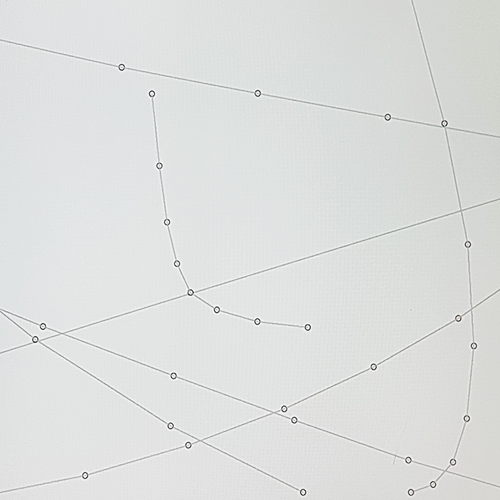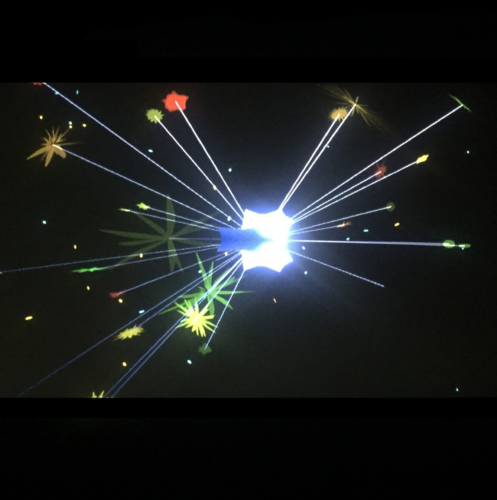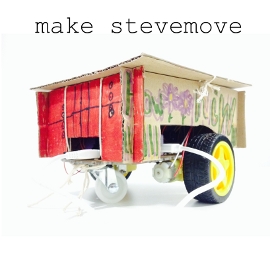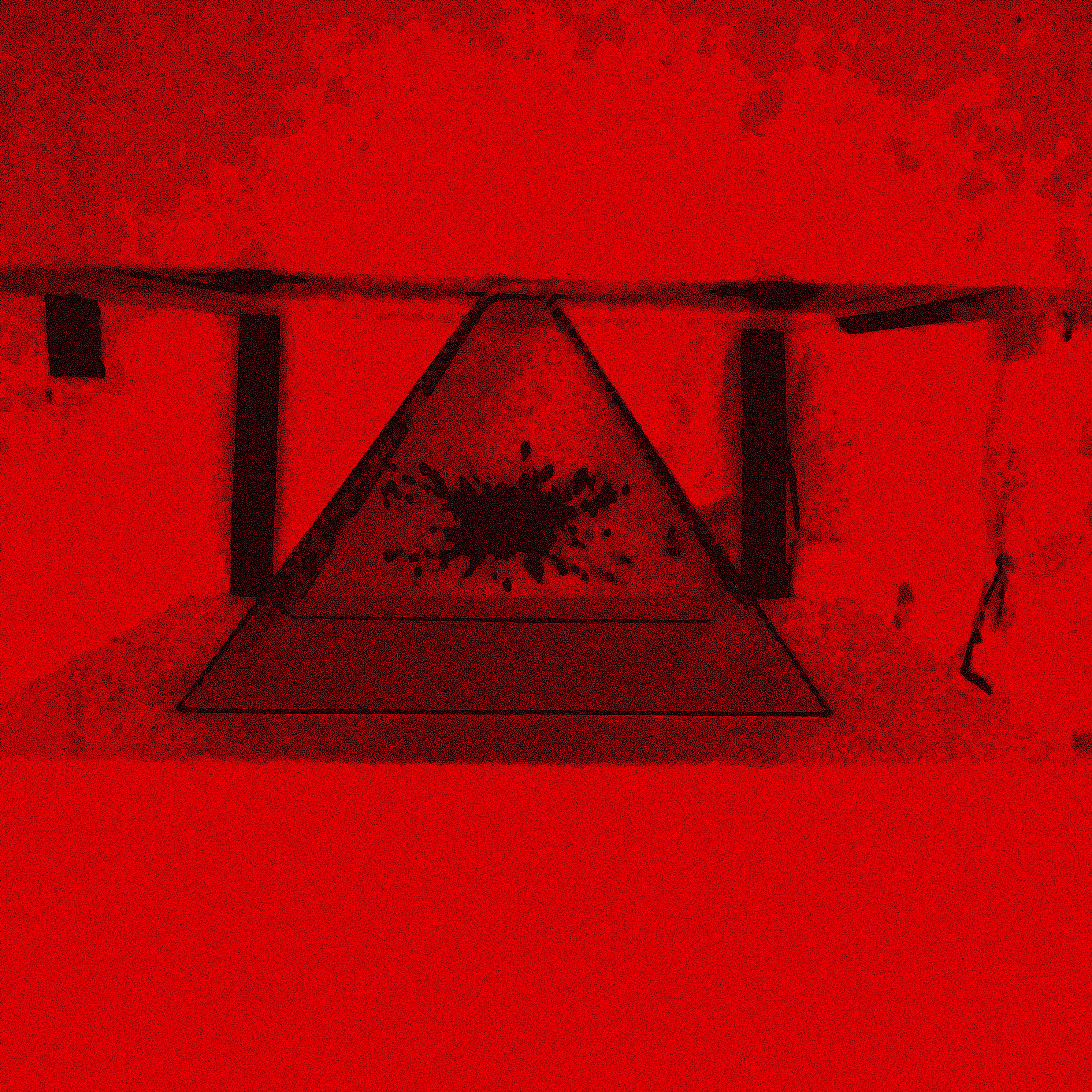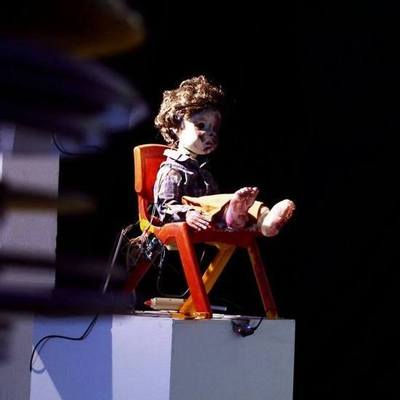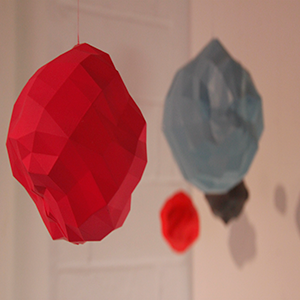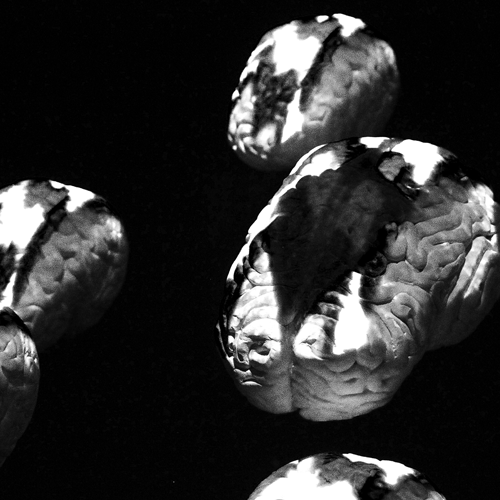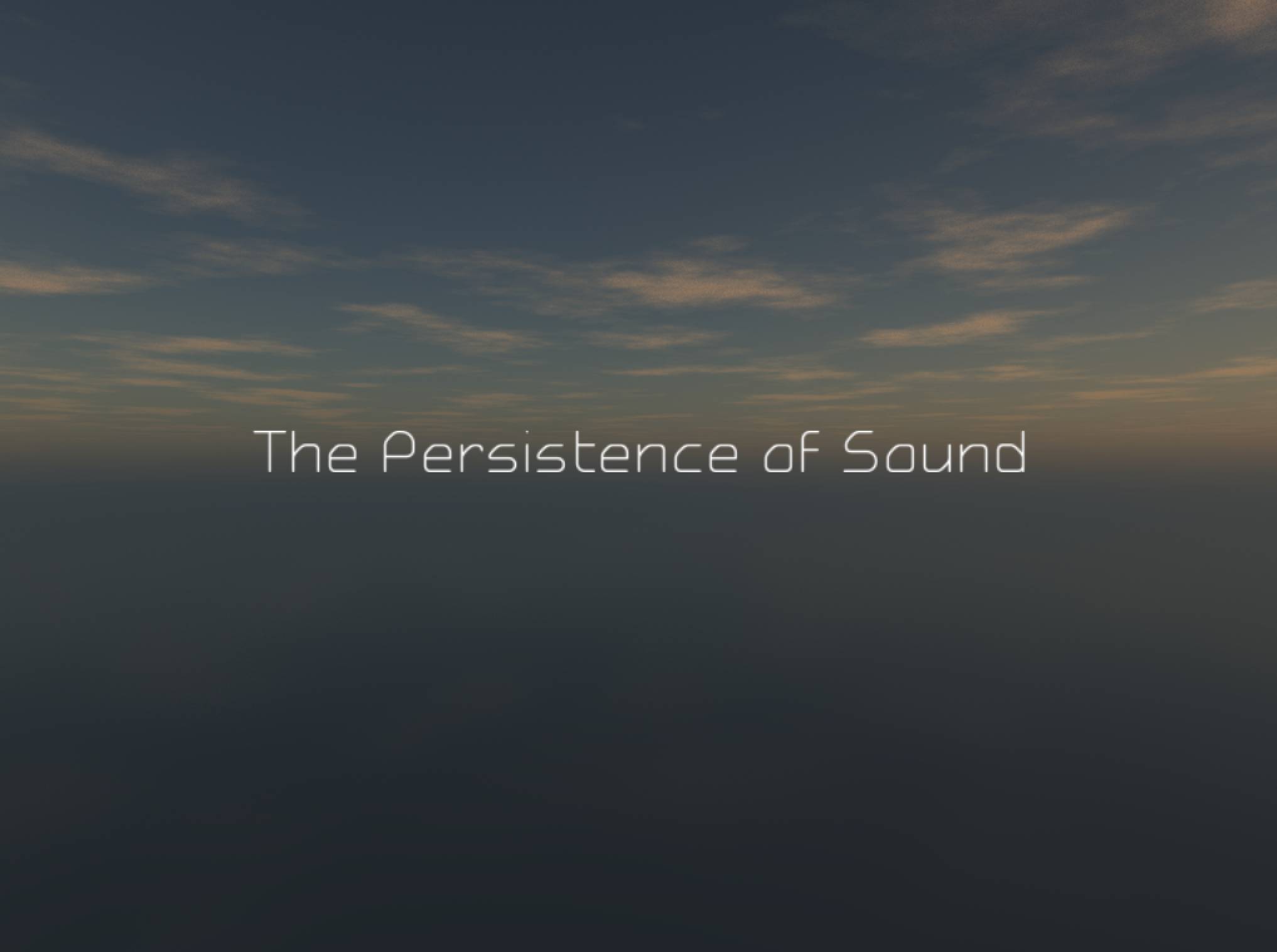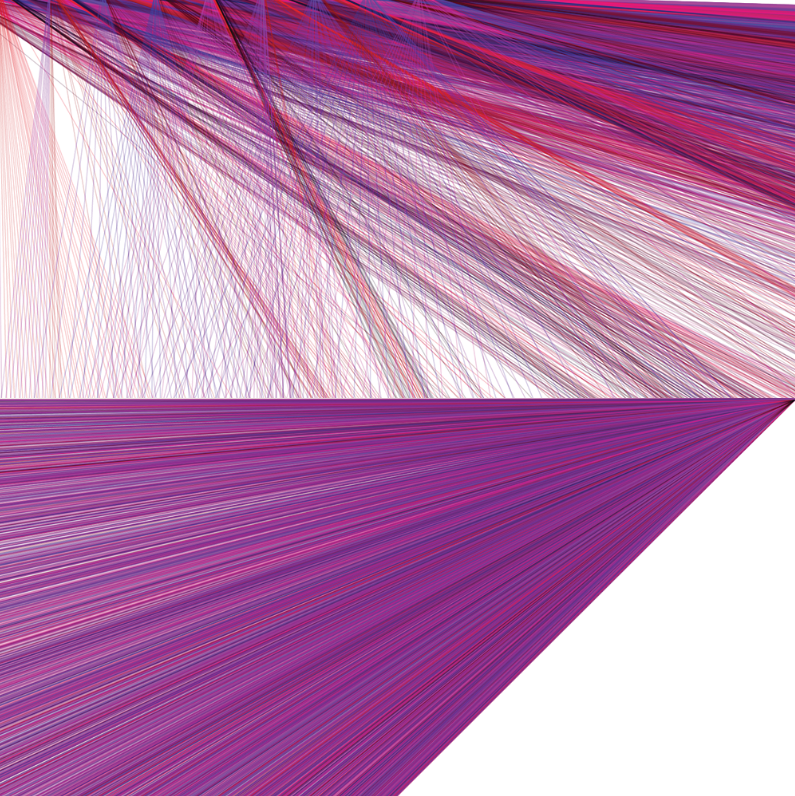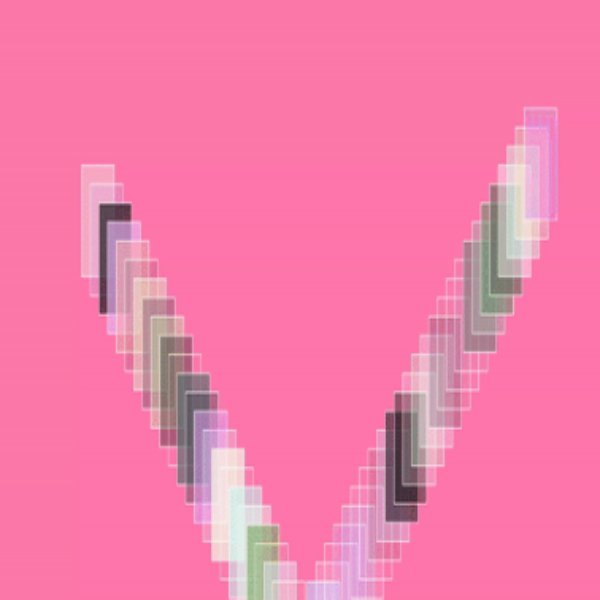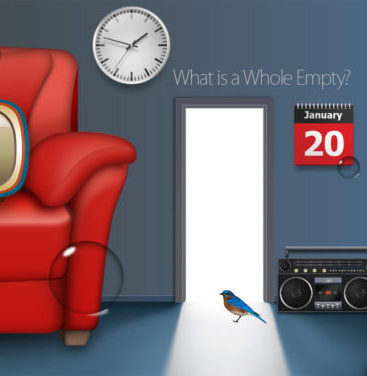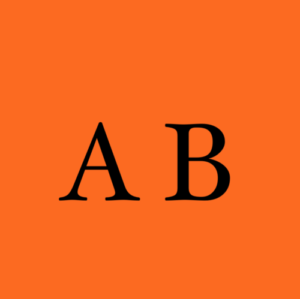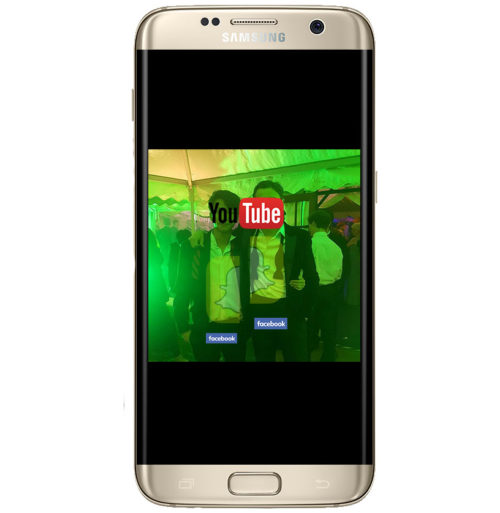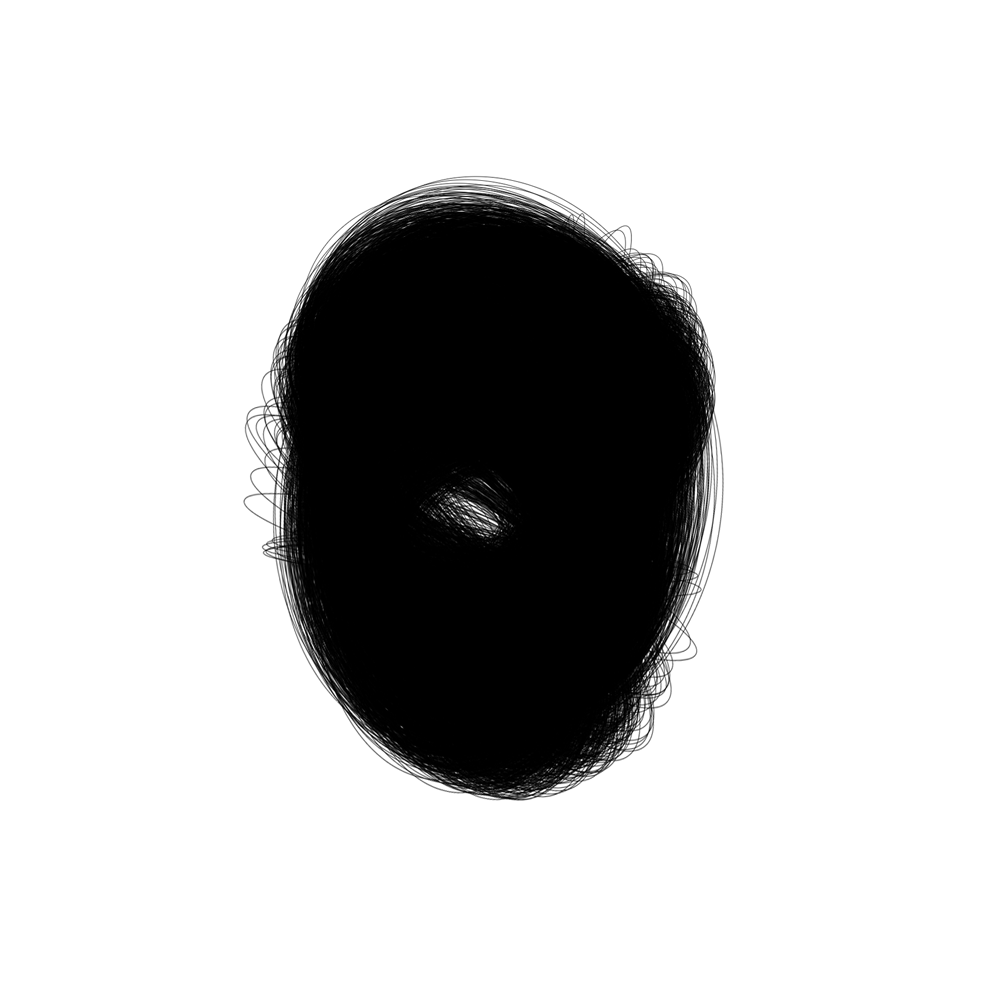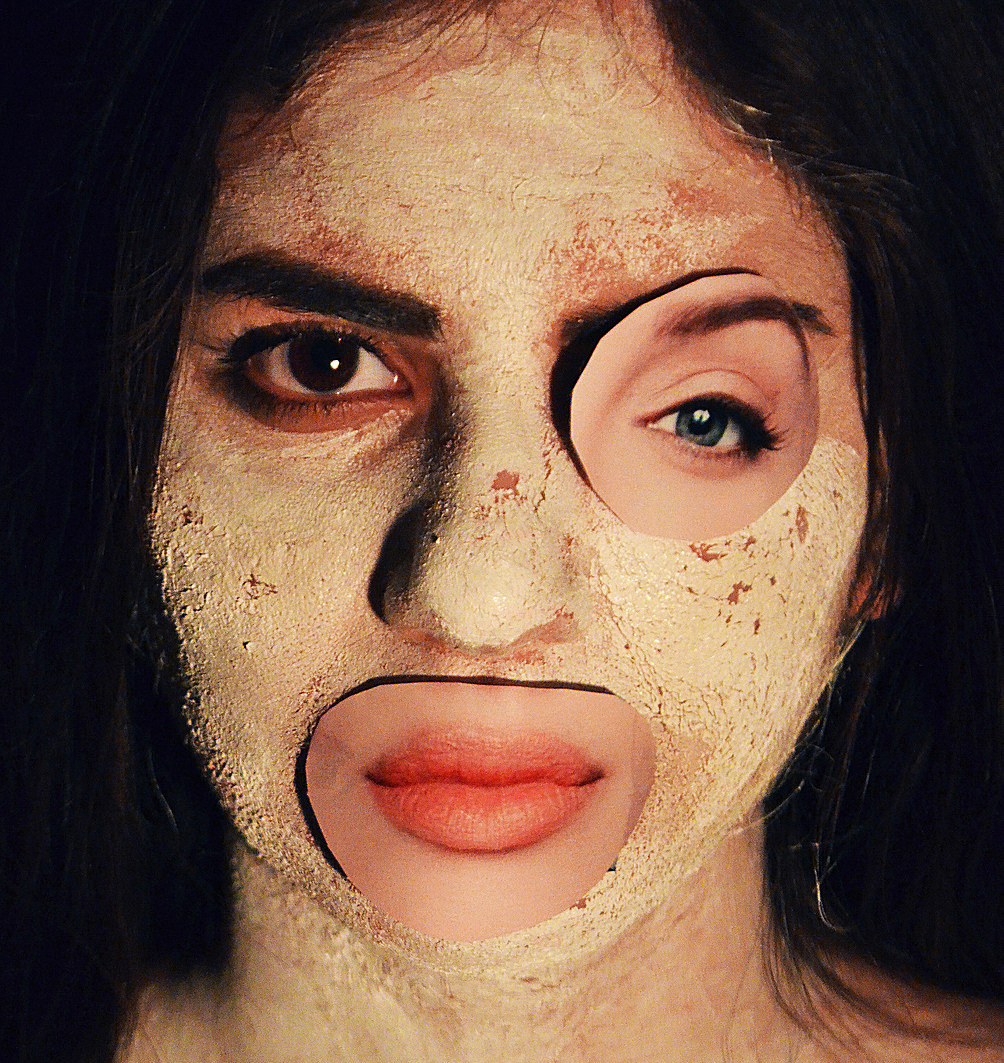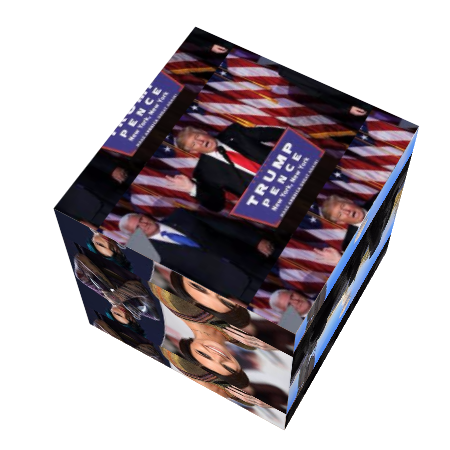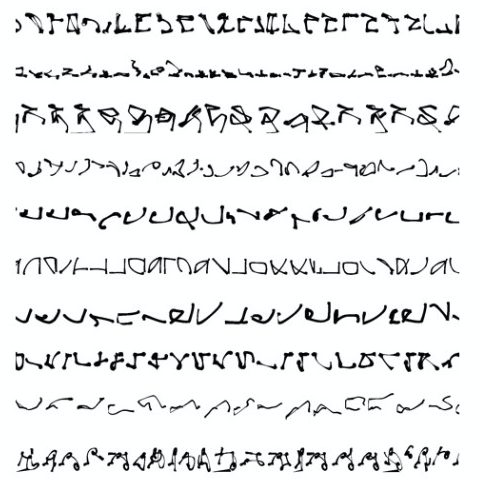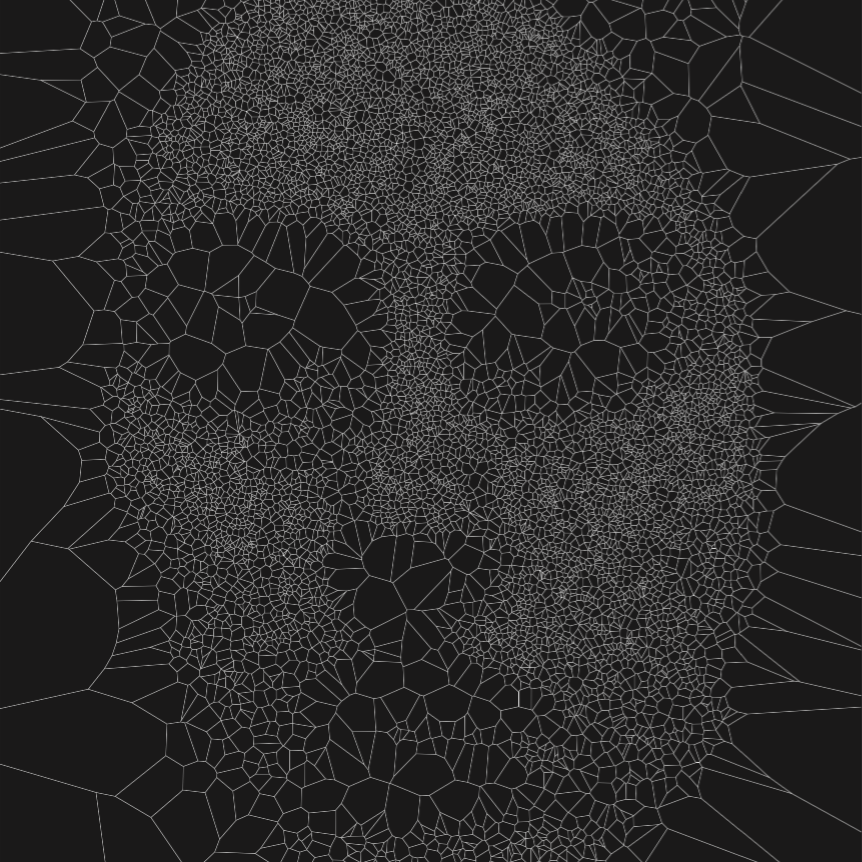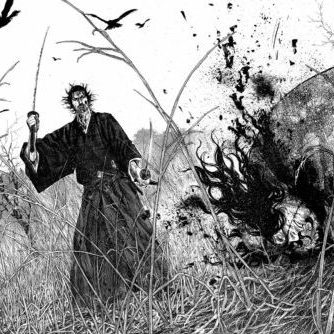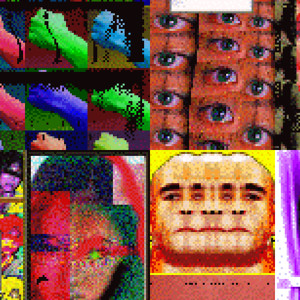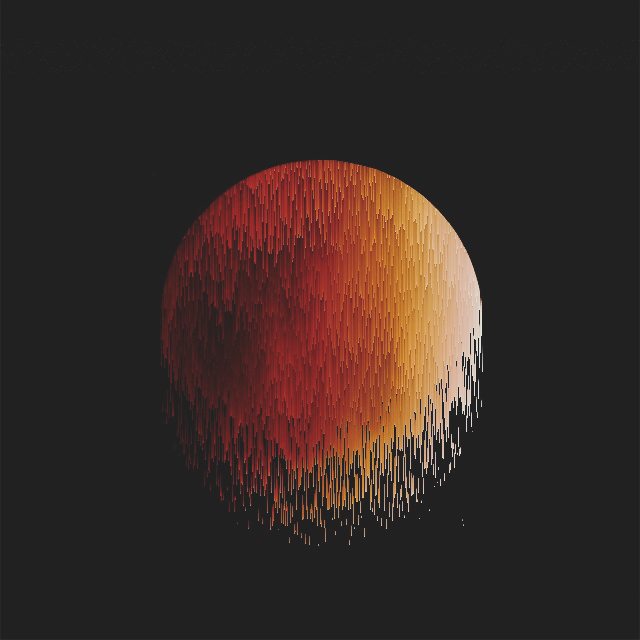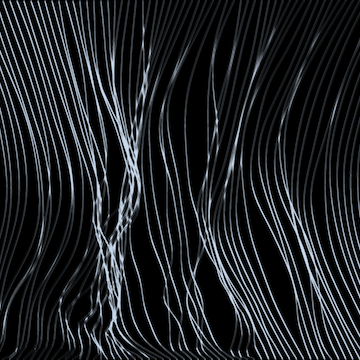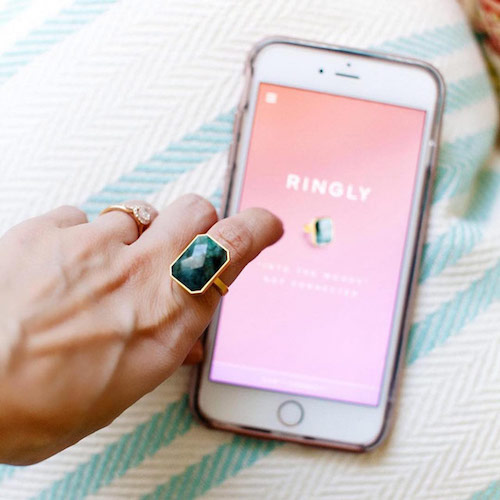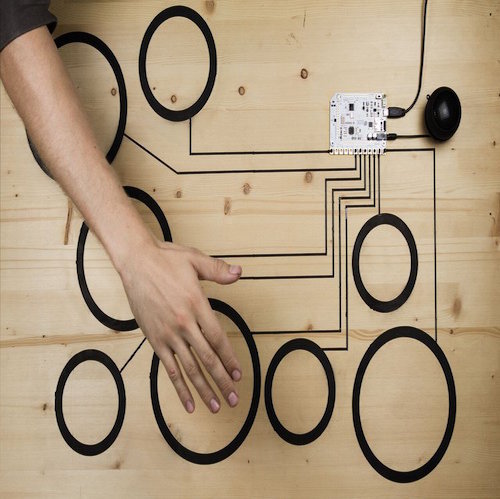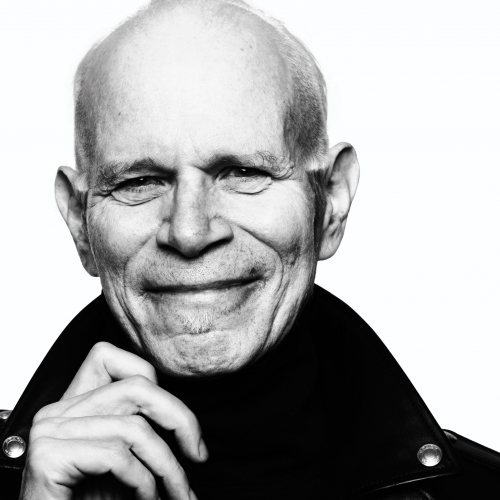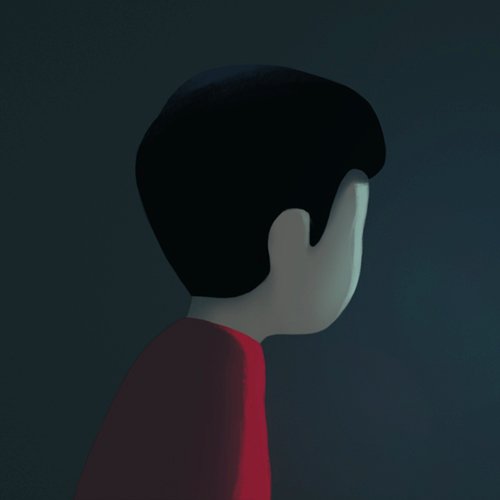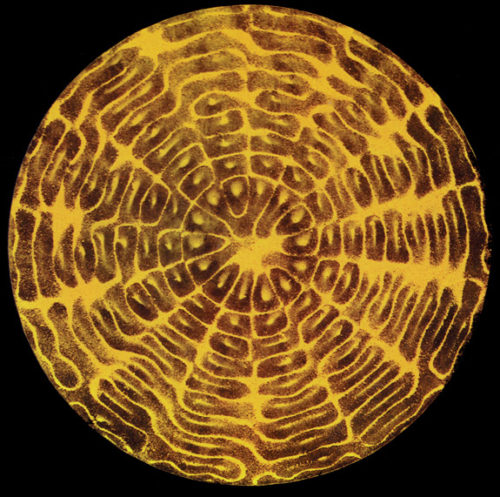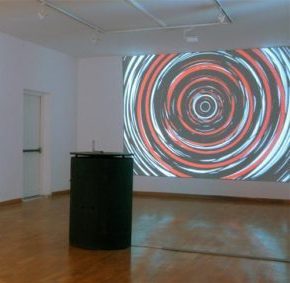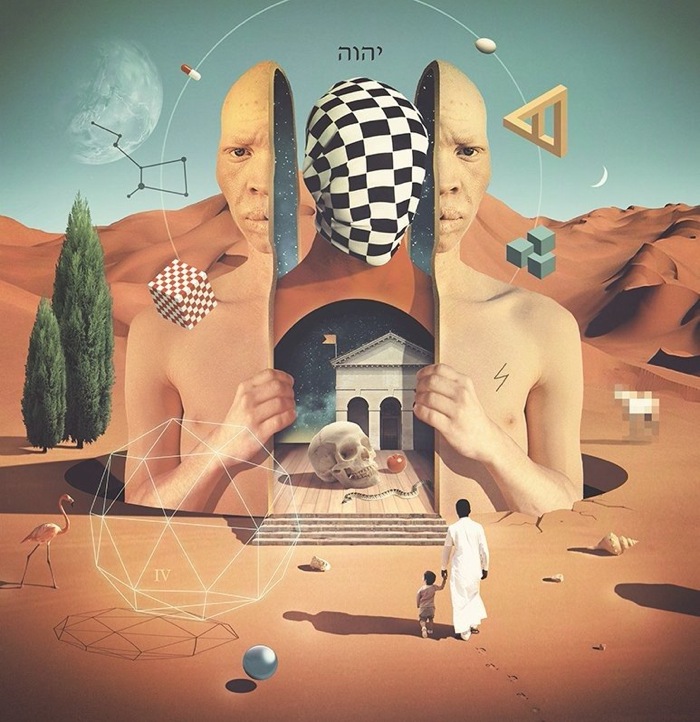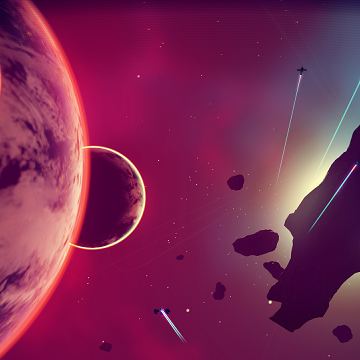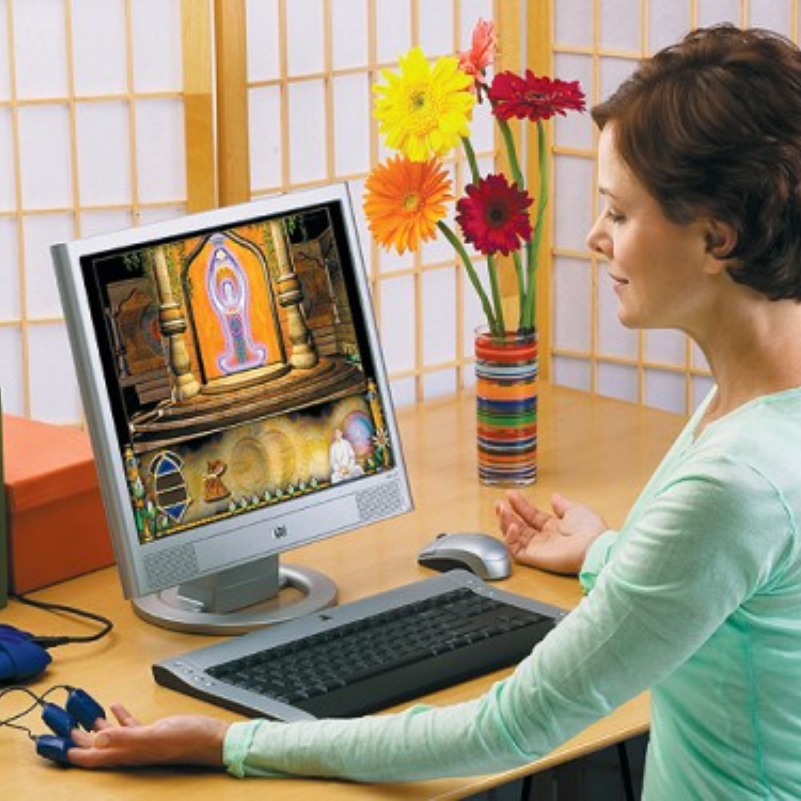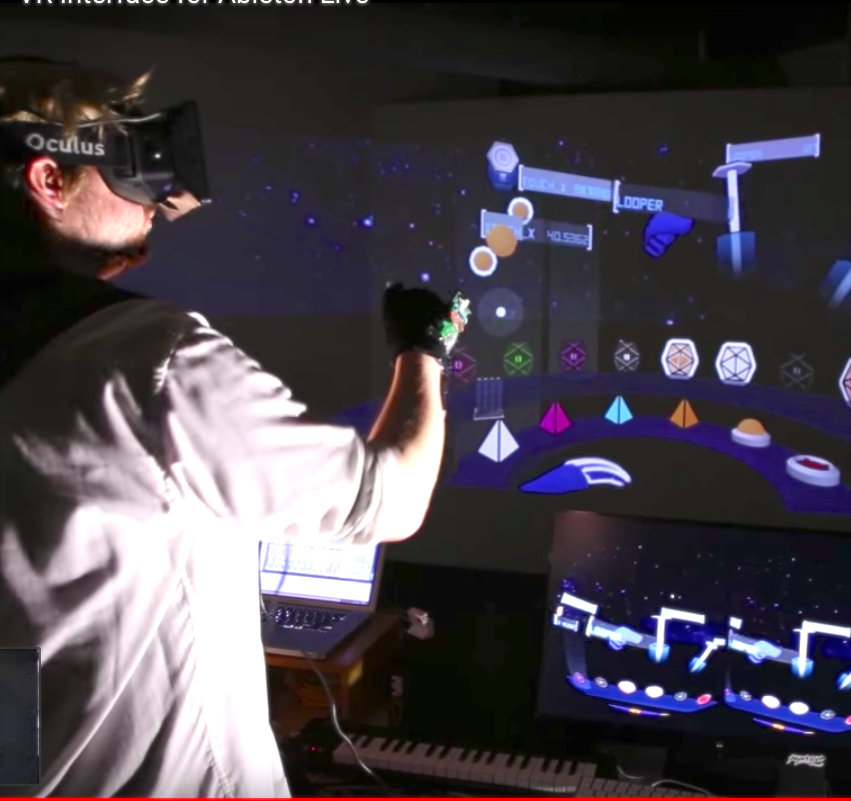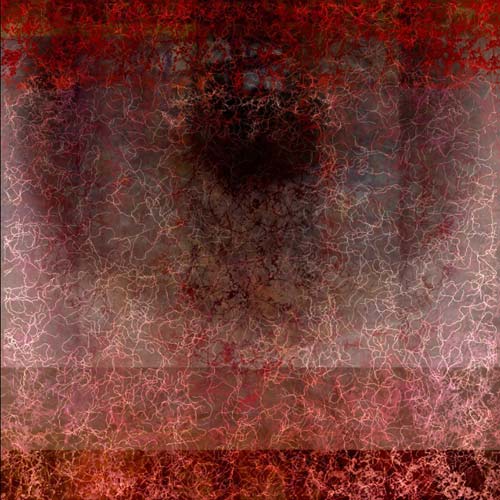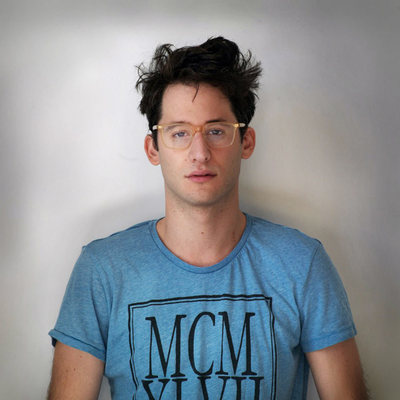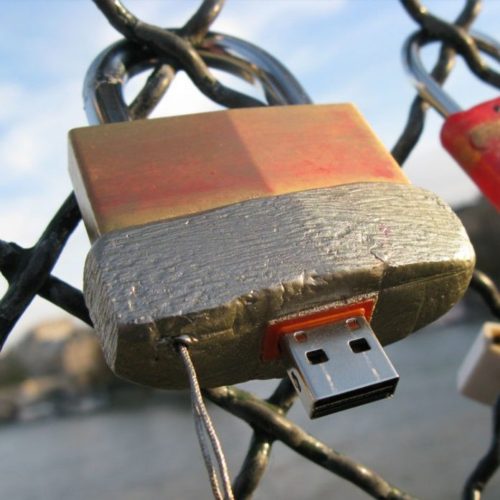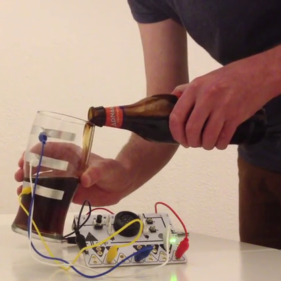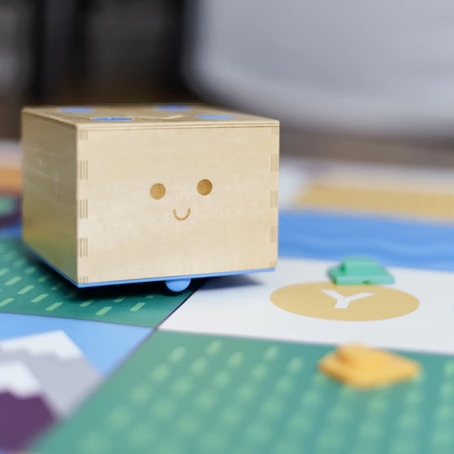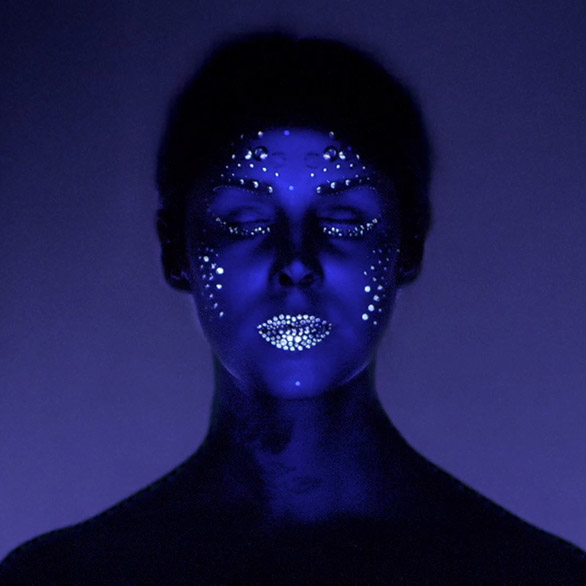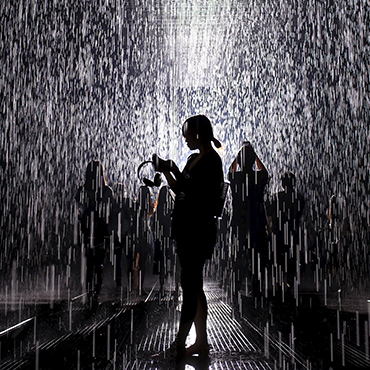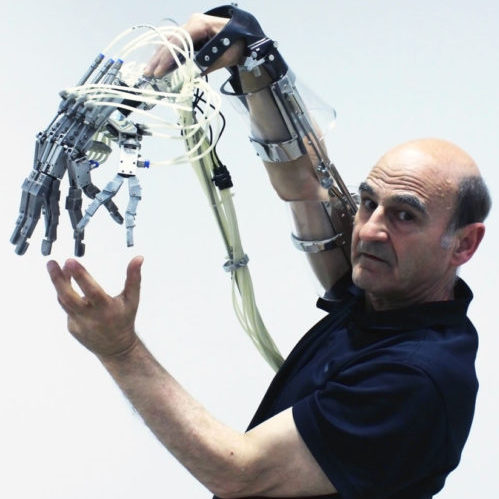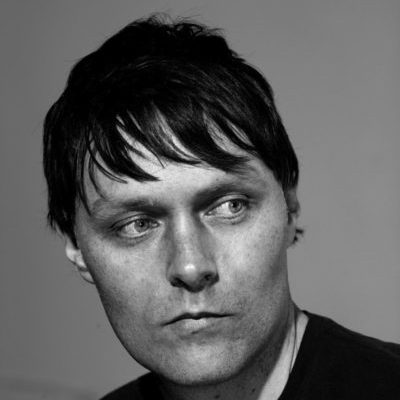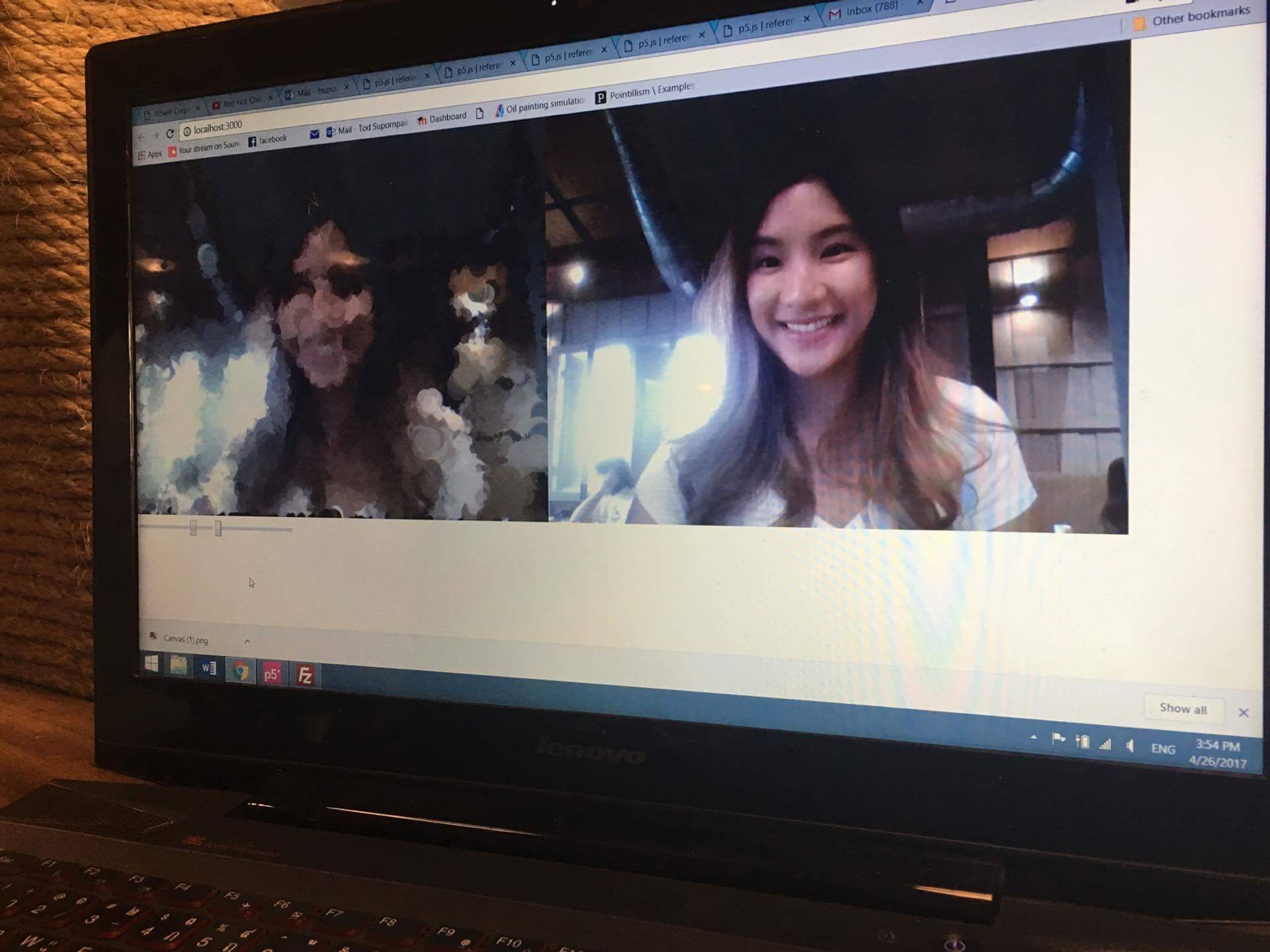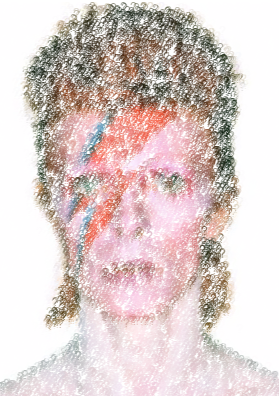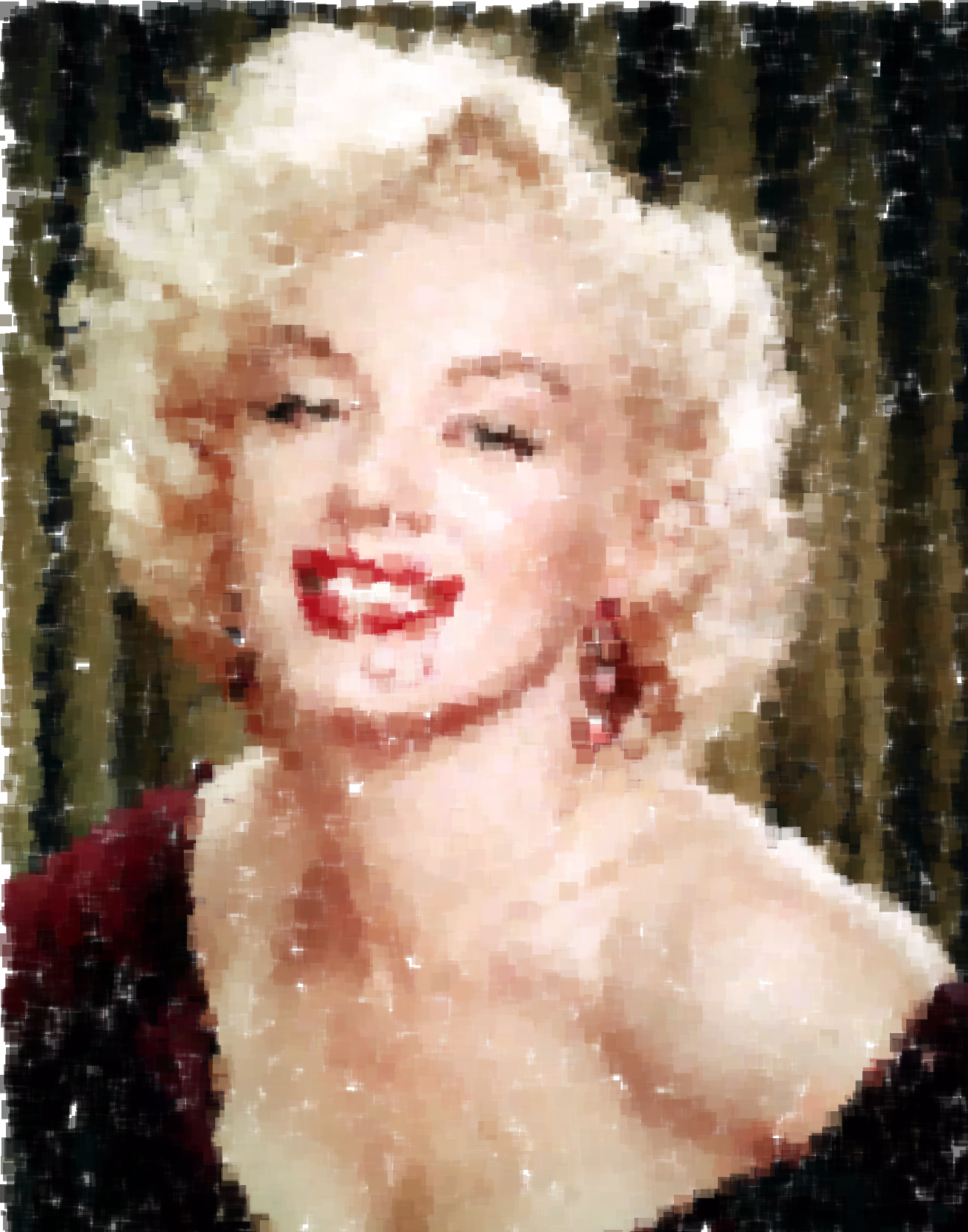

by: Tod Supornpaibul
Introduction
My recent work provokes the use of social media applications in order to explore out the obsessions of people living and hiding behind these platforms where they can escape reality.
Print is an installation which tests the audience patience and self-obsession. The piece gives the audience control over the final product which then can be printed and taken away. The program is based on randomness although the audience gain some control over it. The algorithm runs on a particular cycle which develop the “print”. The particle ‘paints’ to form the image by taking random colour pixels from the webcam and imitate what is shown on the webcam to the canvas.
Print consists of two versions for different purposes. Inspired by Golan Levin’s work using filaments, mapping the threshold of the light to draw an image. Print 1 consist of particles spawning at random coordinates on the canvas and then begins to move randomly leaving away the colours gained on the webcam to the canvas. The gallery audience are able to adjust the sliders to slow down the movement of the particles or refresh the canvas by adding a background so that the particles stops leaving a mark as they move.
Print 2 is the main project spawns the particles randomly and at a random amount per seconds. The audience are able to adjust the shapes of the particle and the size to influence their image drawn on the canvas. After the participants are satisfied they are able to print the image to take home and another copy to stick to the wall. Throughout the program, there is a timer hidden at the bottom left of the screen and when the image is pinned up to the wall, so is the number of seconds spent.
Background Research
The use of social media platforms has been increasing as well as social media platforms itself. In ‘posting’ pictures in these platforms, there are a large variety of effects and modulation to one’s image. According to research, the average amount of time spent creating an Instagram post can take up to 30 minutes to an hour 25 minutes. In reality we do not realise how much time we are spending, the image must look perfect, suiting the intentions of the owner. By posting a picture of yourself, it doesn’t act like a mirror to who you really are visually and personally and by using the ‘filters’ it only acts as a make up to hide what we see in the mirror. Does this mean that patient in creating an Instagram post would result in a ‘perfect’ image? Looking at Kyle McDonald’s work, people are caught off-guard by a snapshot taken automatically from the computer and displayed on the screen. The reactions were to erase the picture trying to press the esc button. I wanted to develop his idea and see how long it would really take for someone to see themselves perfectly represented on the digital platform since Kyle McDonald has given them a split second. The idea of creating the ‘particle’ is from Golan Levin’s work, the “Floccular Portraits” using the filament to move since they are attracted to the dark regions and light regions differently creating different variations of portrait with continuous lines.
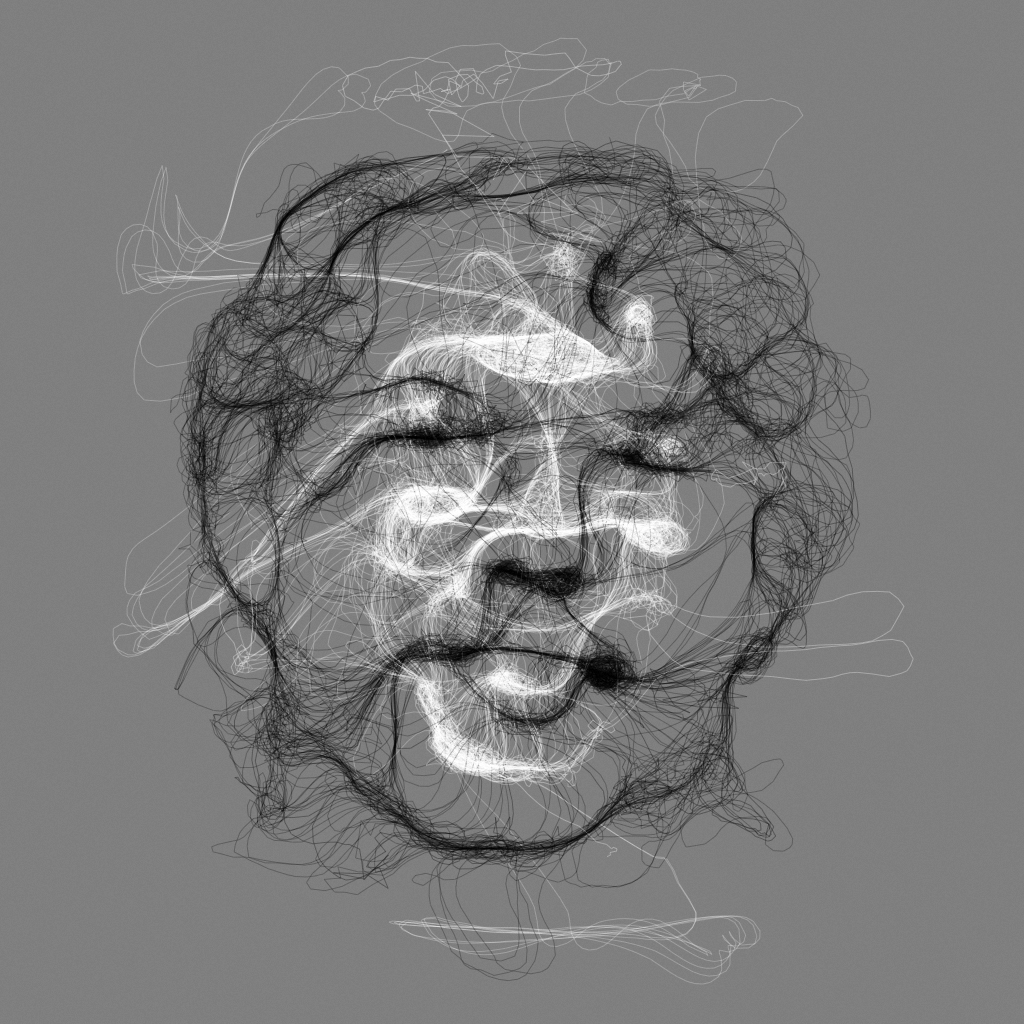

Audience
My intentions of this work were unclear to the audience and even to myself. The topic of ‘patients’ as a whole comes with broad range of questions. One of the main question was that if patient was as rewarding, is it worth it to sit there longer? And when will I be satisfied with my image?
Inspired by Patrick Tresset’s work where his robot arm draws him live in the gallery I wanted to imitate the idea using my own knowledge. His work however took a snapshot of the audience (in this case himself) and started drawing, giving the gimmick of drawing live and him being still.
For my piece, I intended for my audience to question themselves if it was worth sitting for longer with the pressure of someone queueing to use the program next. The audience can clearly see that the particles are drawing them live and is forced to be still for better quality image but as they are looking directly at the webcam, they cannot resist peeking at the soon to be final product which could result in damaging the final product itself. Furthermore, as different images of the people before were pinned up including the ‘ideal images’ of famous people, there are a lot of pressure for some to come close to the perfection. Many of the audience were hesitant after they knew that the numbers on each image were how much time people were spending on their own image.
Since the particle’s size are adjustable buy the sliders, the smaller the shapes the longer one will have to wait for the image and the result would be clearer which could be seen in the celebrity prints example that was shown in the gallery which took over 5000-8000 seconds each (over 2 hours) using the smallest particles possible. However, none of the participant had used the smallest particle settings and once they were satisfied with the size, they would leave it till they are satisfied with the image without adjusting.
The average time spent on one’s image is at 326 seconds which had included the anomalies such as the participant that had spent 2152 seconds on his image or the participant that spent 12 seconds. Both audience had very interesting intentions to an extent that maybe the work on the walls did not influence them or did too much. The audience who had spent 2152 seconds, as I spoke to him throughout the process, was not satisfied with his image although it was very clear and had looked aesthetically pleasing to me at the 1000 seconds’ mark, but clearly not to him. As people walk throughout the gallery spaces, he was worried about the colour composition it had made as his background. The other participant who spent less than 30 seconds had the complete opposite thoughts because all they cared about was the colour composition it made rather than making his or her own face.
The Project
After my last project exposing the use of social media platforms by using profile pictures (Net Art: Social Media Heist) and previously inspired by Kyle McDonald’s work; “People Staring at Computers”, I was able to create a culminating program to be used in the exhibition. My program started from Pointillism using the location of the mouse to map the size of the modules but the program originally ran on processing. After converting to P5.js, the program would run with preload images which led me to the original idea of taking a snapshot like Patrick Tresset’s robot arms and the program would draw the image but some audience may not find out if they have to stay still or not.
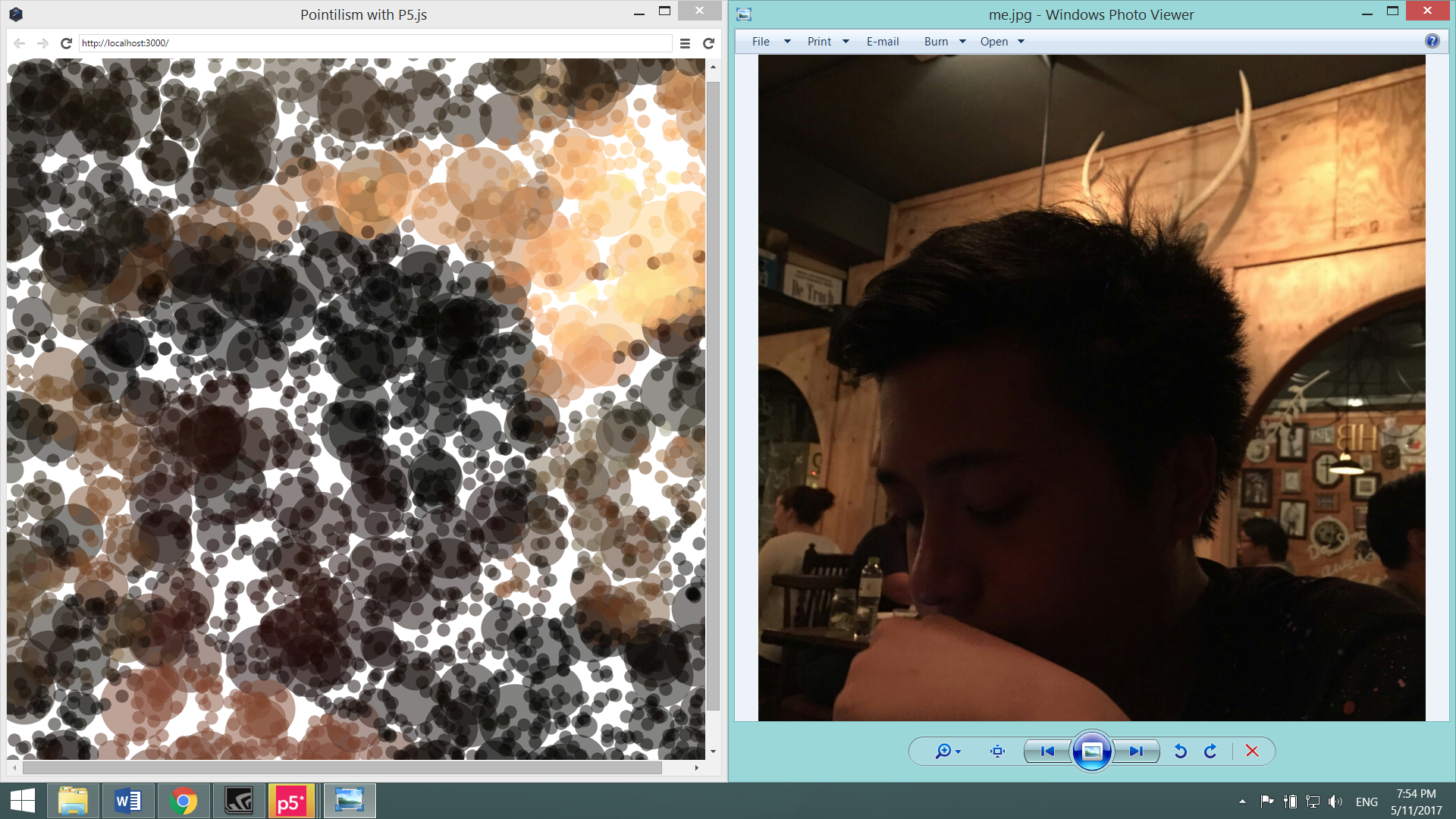

However, after discovering the work done by Dan Shiftman using the particle to map the pixels from the webcam, I transform the knowledge onto Pointillism. The final steps were more complicated because presentation was the key to the successful exhibition. My work was interactive but it didn’t show anything, only and experiment for me to see. As the work progress, I was suggested the idea of printing inside the gallery so that the audience would gain something from the gallery more than what they would presume as well as me gaining information for my social experience. Only at the last minute I add the timer, hidden away at the bottom left of the screen which had elevated the experiment by influencing and manipulating the audience even more. The main problems I encountered before the exhibition was to get the printer to print automatically after the audience were satisfied and to then refresh the page so the set up would run smoothly. The javascript operation for executing print didn’t work smoothly on P5.js as I intended which would also clash with refreshing the program. This resulted in myself running the station and printing manually and refreshing the program which created another independent variable and effecting the experiment.
The exhibition space allocated was very convenient with walls for me to pin the finished work up with the time taken. This created a literal social media “wall page” which influence each audience like intended.
Since the program needs to be run by me, creating a major flaw in my project. I couldn’t ‘perform’ the installation for the whole period of the exhibition. This is why there was a second version of Print (Print 2) which worked at a different angle. As I observed, audience were sitting down trying to imitate the images that were pinned up on the wall and trying to print their image as well.
Although the space in the exhibition was laid out as planned, the lighting inside the gallery were limited due to other installations requiring a darker scene. The colour picked up by the webcam were mainly shades of pink which when printed out, was even more distorted from the colour displayed on the screen. Moreover, as the audience were receiving and taking away their printed image as well as pinning another copy to the wall, the ink in the printer had ran out towards the end of the exhibition which forced me to use Print2 in order to maintain the installation. This turned out to be a positive addition to the research because the audience were still able to use the program as they liked and have to stay still and be patient although they would never receive the same quality images on the wall.
Evaluation
Overall, the project was a success to an extent. The results obtain shows people only spend on average over 5 minutes before they are satisfied. The patient did not reward as much because as seen gallery, the image that took 999 seconds was a better-quality image than the one that took 2152 seconds. The sliders give the ‘editing’ image gimmick which was an independent variable for the user was not as impactful as I thought. The feedback I receive from the piece was very interesting. Most of the audience were happy with the program and the outcome but they were uninformed about my intentions because I wanted to keep the installation as ambiguous as possible to recreate a more realistic and fair situation. This shows how easy it is to manipulate people when they are not well informed. The ‘perfect’ pictures
Links:


